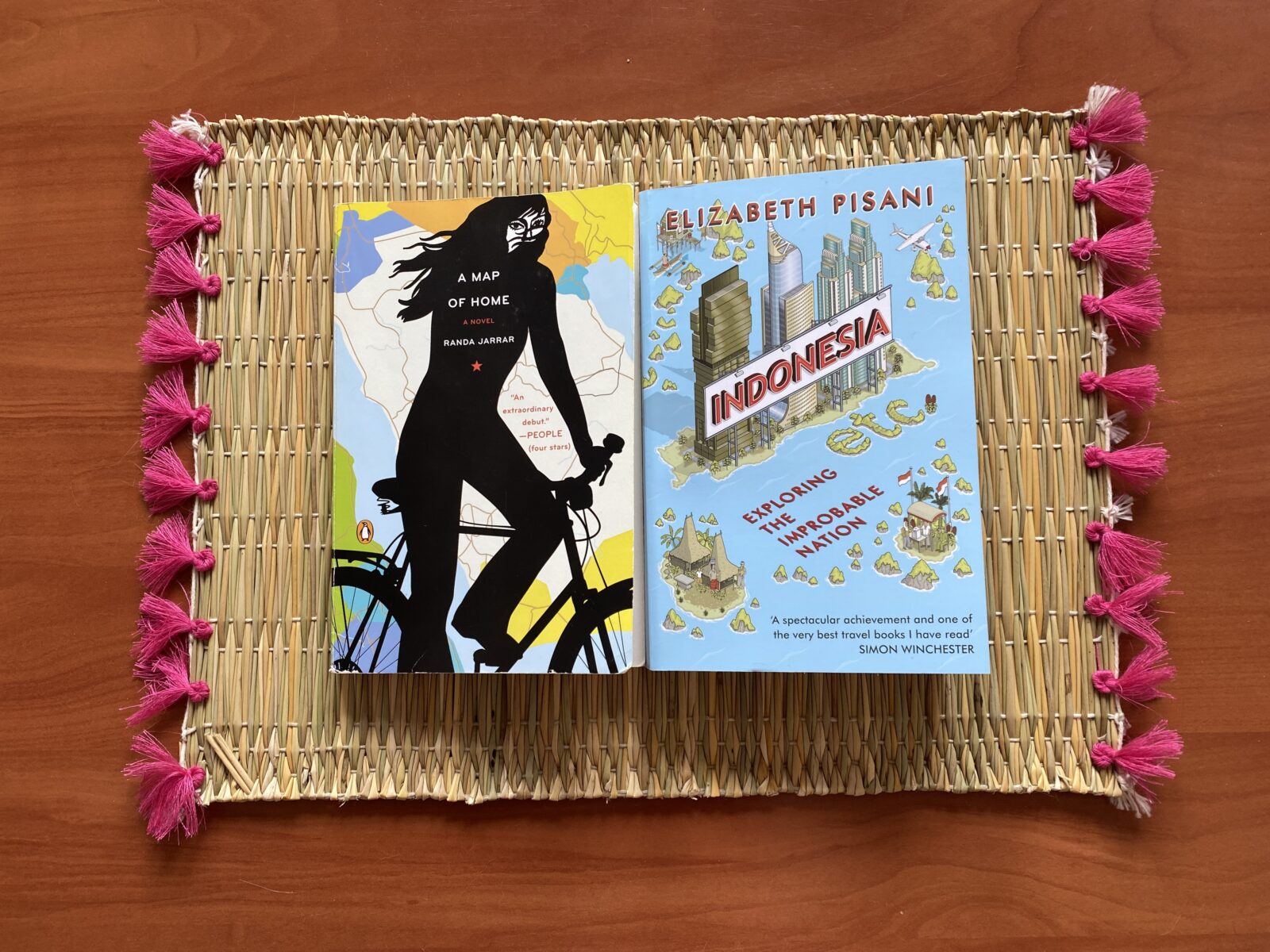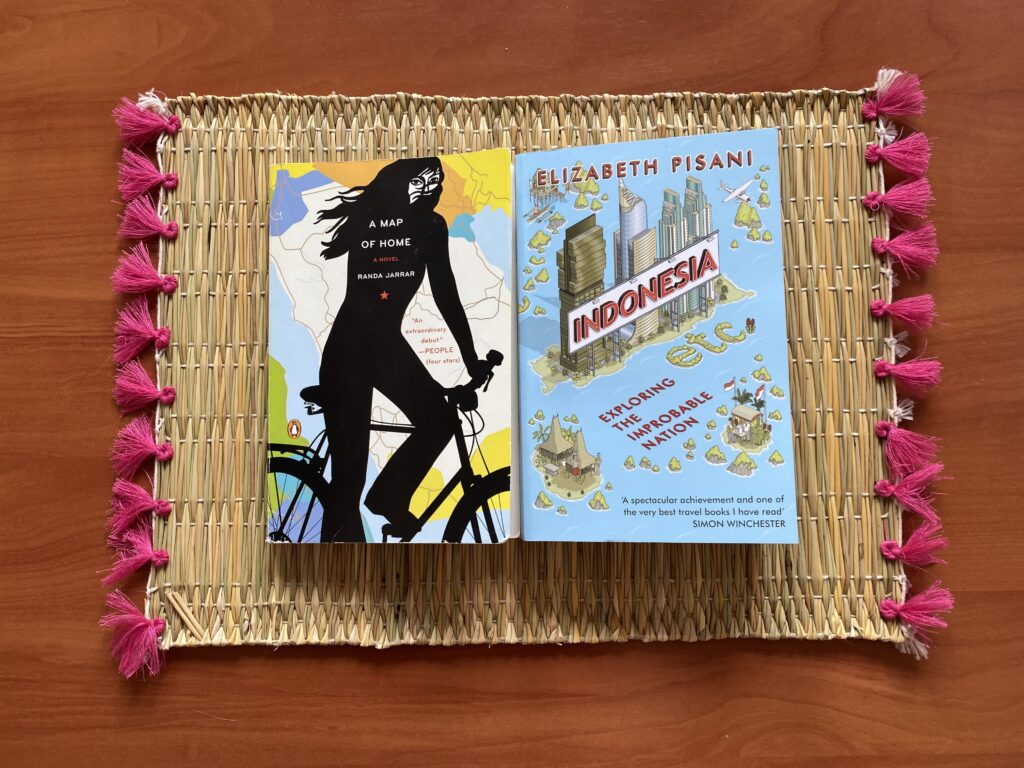A Map of Home, Randa Jarrar
Jarrar’s novel is a coming-of-age story of a half Palestinian, half Egyptian girl, Nidali, growing up between countries: born in the United States, then in Kuwait and Egypt, and finally, the U.S. again, as her family tries to find somewhere they belong. Jarrar expertly interweaves Middle East history through the stories of Nidali’s parents and grandparents, giving readers a full picture not only of how they suffered, but also at whose hands—mainly the U.S. and the UK, among others. At times heartbreaking and at others comedic, Nidali’s story portrays a girl struggling against the confines of her culture and what she knows to be true, or in other words, how to be true to herself in a world that seeks to define and restrict women in an effort to keep them in place. The novel feels memoir-y in a way, which makes sense given that Jarrar drew on her own life and life experiences for her first novel. However, this makes is seem more real, more lifelike, and more poignant, especially considering the times we are living in, although, as Jarrar so deftly points out in her narrative, the oppression and murder of Palestinians has been going on for much longer than the U.S. government would like to have us think.
Indonesia etc., Elizabeth Pisani
I don’t often read travel books, and it’s even more rare for me to read a whole in preparation for a trip (wink wink) but since this trip is going to be a special one, I wanted to learn more about Indonesia’s history. Pisani’s narrative deals mostly with rural Indonesia, which is most of the country, and very little with urban Indonesia, specifically Jakarta and Bali. I’m guessing she thought that there was abundant information about these last two islands on the internet, and believe me, there is….for days. According to Pisani, Indonesia has hospitality like no other place, and each tiny island she went to, she stayed with strangers she met along the way, mostly older women (ahem, safety). Through these homestays, she met many, many family members and participated in numerous local customs, traditions, and holidays. She brags that she spent the better part of a year with hardly any running water (and none of it hot) and not a lot of electricity, and let’s just say I am glad that my adventures will mainly include the islands of Jakarta and Bali. I will leave you with a few interesting facts I learned from the book that made my jaw hang: Indonesia has 17,504 islands, of which 13,466 appear at high tide, and only between 6,000 and 7,000 are inhabited; there are over 360 ethnic groups, who speak 719 languages between them; and the length of Indonesia is equal to the distance from London to Tehran or from Alaska to Washington, D.C. Whew! You learn something new every day, am I right?

